Table of Contents
ToggleWhat is Google Algorithm and How Does it Work
What is Google Algorithm and How Does it Work. Google has become the biggest search engine in the world today. More than 90% of searches are done on Google today. The reason behind Google being so big is its robust system, where efforts are always made to provide top quality experience to the user.in order to deliver the correct result to the users, Google’s complex algorithm keeps on working which assesses billions of pages and presents accurate & relevant pages to the users.
In such a situation the question arises that what is Google Algorithm. Well, Google Algorithm is a complex system in which various types of ranking signals and Artificial Intelligence & Machine Learning are used, which scans & analyses crores of pages in micro seconds and presents them to the user.
Today in this blog we will know in detail what is Google Algorithm and how it works. Stay with us till the end.
What is Google Algorithm?
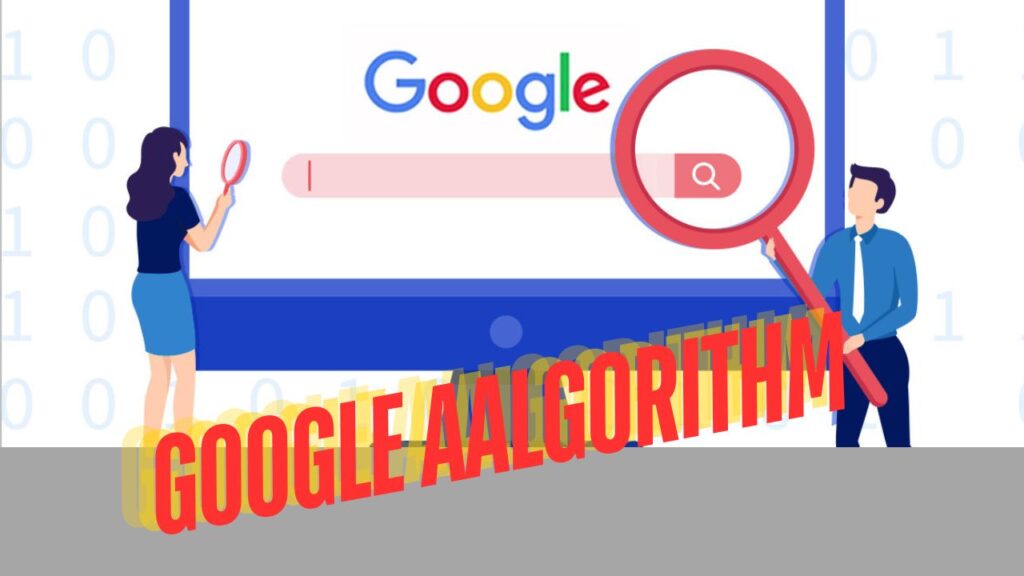
A Google algorithm is a complex set of rules and processes used by the search engine to determine the relevance and ranking of web pages in response to a user’s query.
It involves several stages, including crawling the web to discover content, indexing that content in a vast database, and then analyzing various factors to rank the results.
These factors include keywords, page quality, user experience, and the site’s authority. Google’s algorithms are constantly updated to enhance the accuracy and relevance of search results, ensuring users receive the most pertinent and high-quality information.
How Google Algorithm Works?
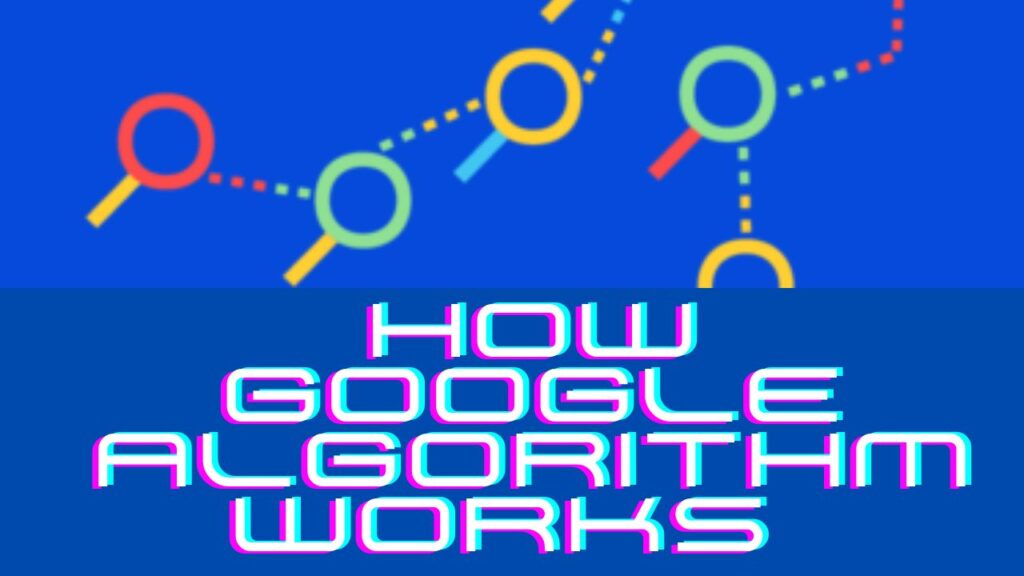
We have learned what is Google algorithm, now we will know how it works. Google Algorithm assesses the relevant pages available on the internet to show correct information and on the basis of certain factors decides if that webpage matches the intent of the searched query and is worth showing to the user.
This analysis is done by Google in milliseconds because of which it reads millions of webpages in a very short time. Now, whichever website has good SEO, Google ranks that web page at the top or on the first page. Let’s know in detail how Google algorithm works.
1. Crawling and Indexing
Crawling: Google uses automated programs known as spiders or bots to explore the web. These bots visit web pages, follow links, and collect data about the content and structure of each page.
The crawling process starts with a list of URLs from previous crawls and sitemaps provided by website owners. As the bots navigate these links, they discover new pages and update existing ones.
Indexing: The data gathered by crawlers is then processed and stored in Google’s index, a vast database that includes information about billions of web pages. During indexing, Google analyzes the content, images, and video files on a page to understand what the page is about.
It also considers key elements like titles, headings, and meta descriptions. This indexed data is what Google’s algorithm refers to when generating search results in response to a query.
2. Understanding Search Intent
Query Analysis: When a user enters a search query, Google’s algorithm analyzes the words used to determine the search intent behind them. This involves understanding what the user is really looking for, whether it’s a specific website, an answer to a question, or information on a particular topic.
Natural Language Processing (NLP): Google employs advanced NLP techniques to interpret the context and meaning of the query. This allows the algorithm to handle nuances in language, such as synonyms, colloquialisms, and the relationships between words.
By grasping the intent behind the search, Google can deliver more accurate and relevant results that best satisfy the user’s needs.
3. Ranking Factors
Google’s algorithm uses over 200 ranking factors to determine the order of search results. Some of the key factors include:
Content Quality: Pages with high-quality, relevant, and comprehensive content are prioritized.
Keywords: The presence of relevant keywords in the content, titles, and meta descriptions helps determine relevance.
Backlinks: Links from other reputable websites act as votes of confidence, indicating the credibility and authority of the content.
Page Experience: Factors like mobile-friendliness, page load speed, and user experience affect rankings.
User Engagement: Metrics such as click-through rates (CTR), bounce rates, and time spent on page signal how users interact with the content.
Freshness: Recently updated content may be favored for certain queries where up-to-date information is crucial.
Security: Secure websites (HTTPS) are given preference over non-secure ones (HTTP).
4. Algorithm Updates Your Heading Text Here
Google frequently updates its algorithm to enhance search results and adapt to changing web dynamics. These updates can be broad core updates that impact a wide range of ranking factors or more targeted changes addressing specific issues like spam, user experience, or content quality.
Major updates, often announced by Google, aim to improve the relevance and accuracy of search results by refining how different factors are weighted.
These updates ensure that high-quality, authoritative, and user-friendly content ranks higher, providing users with the best possible search experience. Regularly updating the algorithm also helps Google stay ahead of tactics that might manipulate search rankings unfairly.
5. Machine Learning and AI
Google leverages machine learning and AI to enhance its search algorithm.
RankBrain: This AI system helps Google process search results and better understand queries. By learning from historical data, RankBrain can interpret queries in a more human-like way, improving search accuracy, especially for ambiguous or unique queries.
BERT (Bidirectional Encoder Representations from Transformers): BERT enables Google to understand the context and nuances of words in a sentence, allowing for more precise interpretation of user intent.
This model is particularly effective in comprehending the subtleties of natural language, such as prepositions and the order of words, which helps in delivering more relevant search results.
Overall, these AI technologies allow Google to continually refine its ability to match user queries with the most relevant and high-quality information available.
6. Personalization
Google personalizes search results to provide more relevant and tailored content based on individual user data. This personalization considers factors such as the user’s search history, location, and device type.
By analyzing past searches, Google can identify patterns and preferences, offering results that better match the user’s interests and needs. Location data helps deliver geographically relevant information, such as local businesses or services.
Device type ensures that the search results are optimized for the user’s current device, whether it’s a smartphone, tablet, or desktop. This personalized approach enhances the user experience by making search results more useful and contextually appropriate.
7. SERP Features
Search Engine Results Pages (SERPs) include various features designed to provide users with quick and relevant information beyond traditional blue links.
Featured Snippets: These are concise answers extracted from web pages and displayed at the top of the SERP, often in a box, providing immediate answers to user queries.
Knowledge Graph: Information boxes that provide quick facts about people, places, things, and topics, often sourced from authoritative databases.
Local Pack: A set of results that show local businesses related to the query, including a map, address, and reviews, useful for location-specific searches.
Images, Videos, and News: Multimedia elements that appear within search results to address queries where visual or timely information is relevant.
These features enhance the search experience by delivering diverse forms of information directly on the results page, allowing users to find what they need more efficiently.
Important Google Core Algorithm Updates and Their Impact
1. Panda (2011)
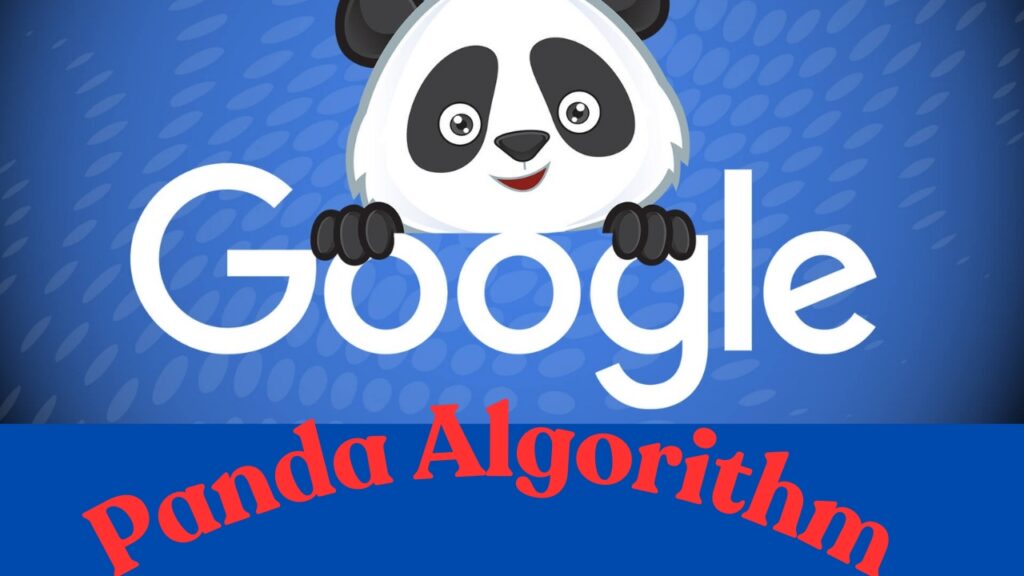
This update of Google Panda was rolled out in the year 2011. In this Google Algorithm Update, the focus was on Low Quality Pages, Thin & Duplicate Content and Keyword Stuffing.
Read Also-: Effective Leads From Facebook Click to Call Ads.
2. Penguin (2012)

This was a popular Google Algorithm update that was rolled out in 2012. This update was brought for those websites that were ranking their sites by creating spammy, low quality, and irrelevant links and were providing low value to the users.
3. Hummingbird (2013)

With the Hummingbird Update, Google developed its thinking and understanding capability a little more. After this update, Google began to interpret search queries better and began to understand not only the keyword but also its intent and topic.
4. Pigeon (2014)
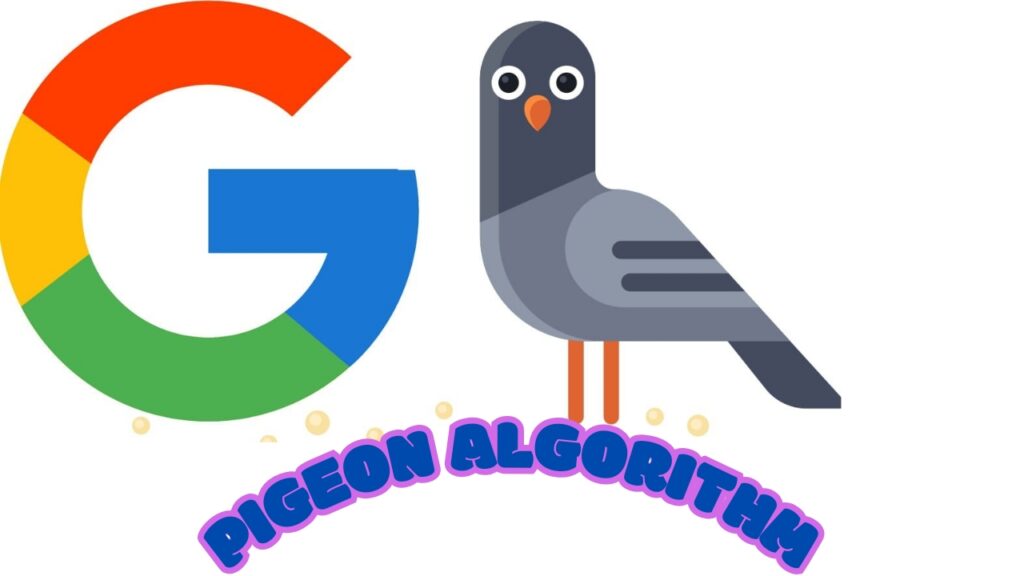
The focus of the Pigeon Google Algorithm Update was completely on Local Results. With the arrival of this update, Accurate & Relevant Local Results started being shown at the top and the ranking of those businesses which were not performing well was downgraded.
5. Mobile First Indexing (2015)

2015 was the time when Google, understanding the needs of the growing number of mobile users, made a big change in its algorithm and rolled out an update called Mobile First Indexing.
This popular Google Algorithm Update impacted those webpages the most which were not mobile friendly or those websites which were not mobile user friendly.
6. Medic (2018)
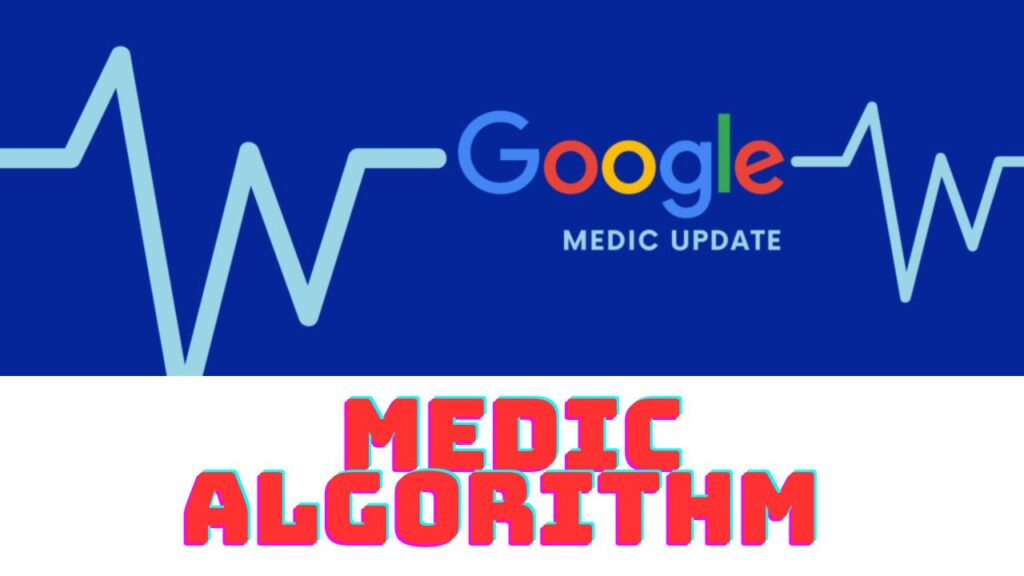
This Google Algorithm Update rolled out in the year 2018 affected many websites. Through Medic, those YMYL (Your Money Your Life) pages were targeted which were writing content on YMYL niches but did not have any authority or expertise.
In such a situation, Google would not want the user to get information from such sources which do not have expertise in that field.
7. BERT (2019)
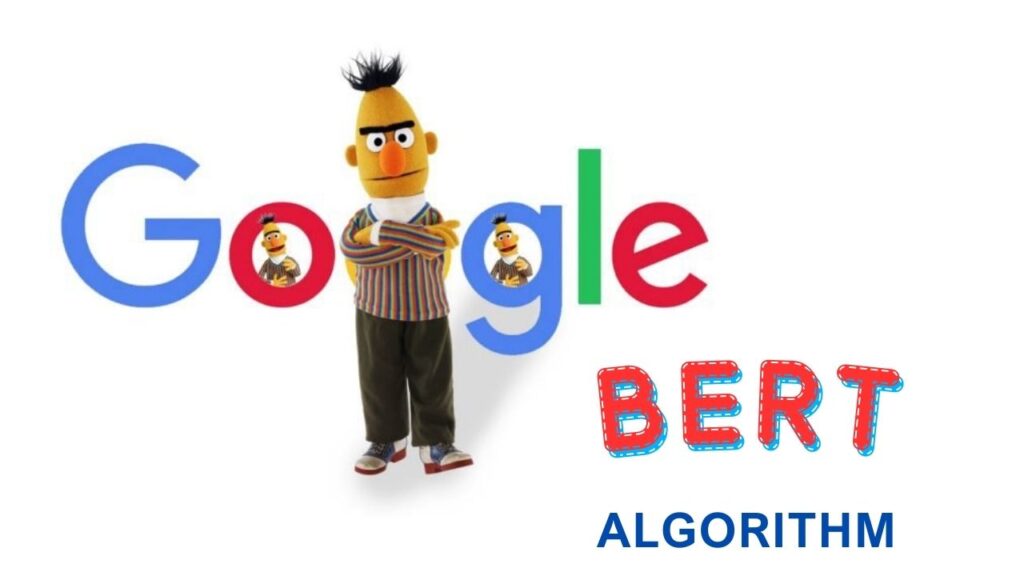
This is also a Machine Learning Algorithm update which helps in understanding the context of the user query in a better way. This update is based on the NLP (Natural Language Processing) model and evaluates the searcher’s query more accurately.
Read Also-: Difference Between Landing Page And Website 2024
Conclusion
Google’s algorithm is a sophisticated system designed to deliver the most relevant and high-quality search results. It uses a combination of crawling, indexing, natural language processing, ranking factors, machine learning, personalization, and SERP features to achieve this goal. Understanding these components can help optimize content for better visibility in search results.
Well, all these things are as easy to read as they are to do. All you need is a mentor who can guide you step by step and tell you how to improve your website’s performance on Google.
All this is taught in detail in Rozy Digital Community and not only this, many such strategies of digital marketing are explained in detail, which give better results in less time.
If you are also interested in learning these strategies, then register now for my webinar. Click on the button given below and register.
Hurry up because only limited seats are left.
